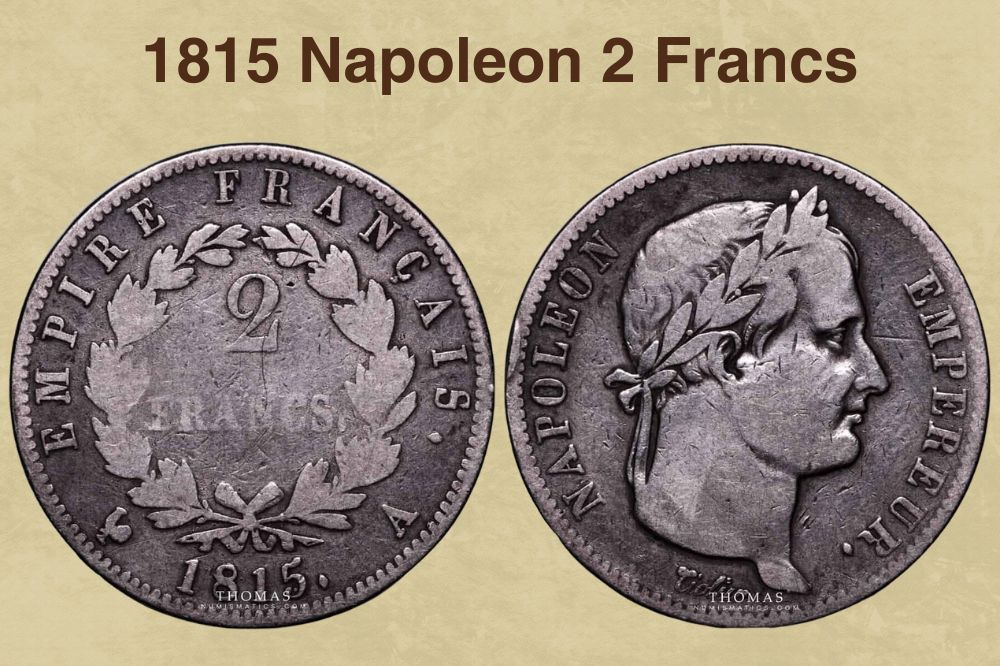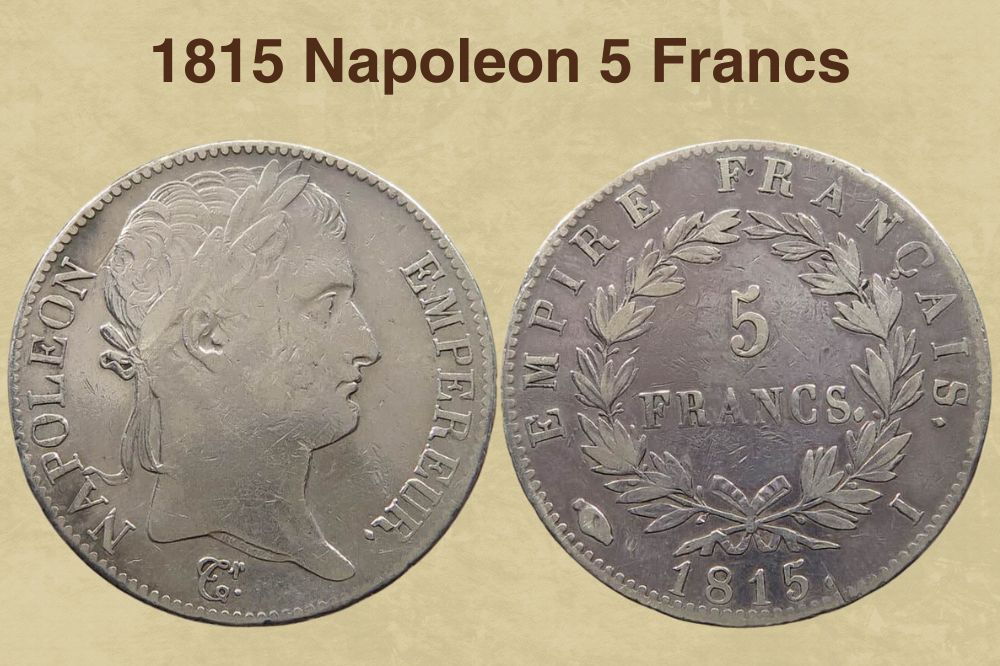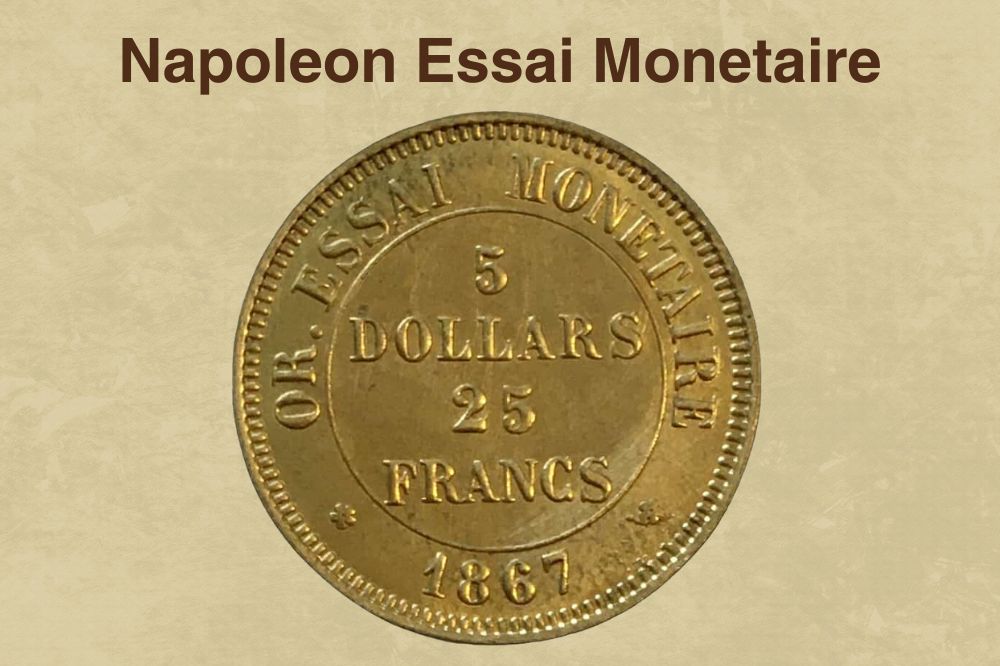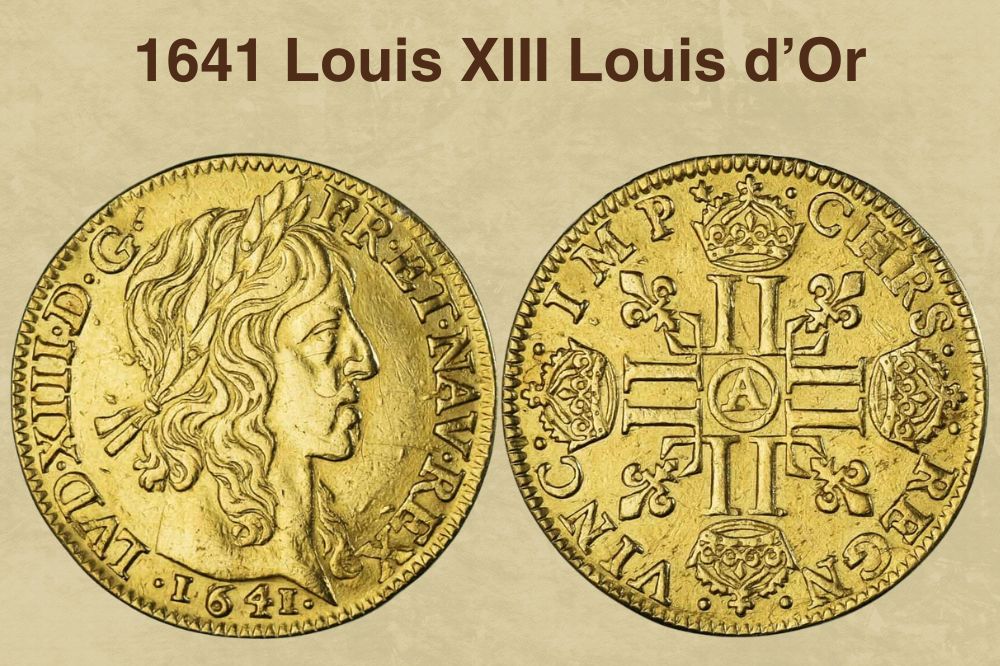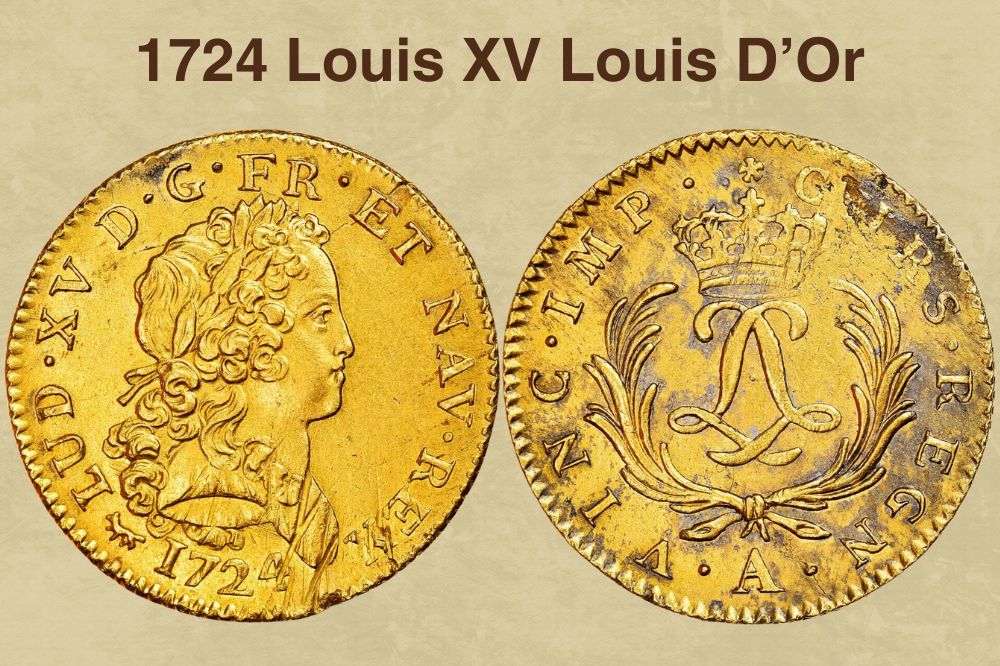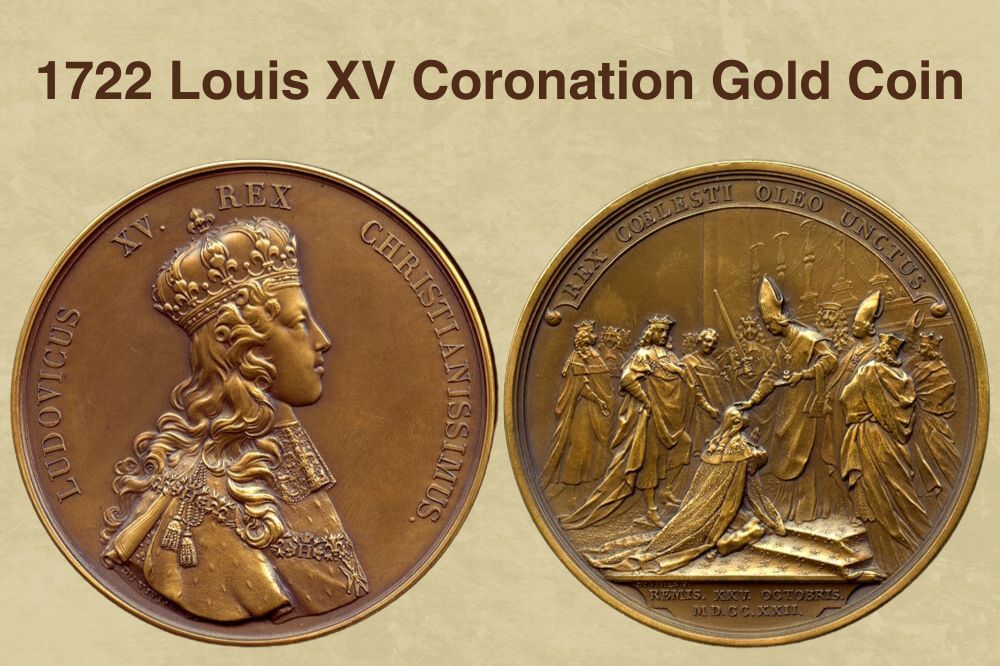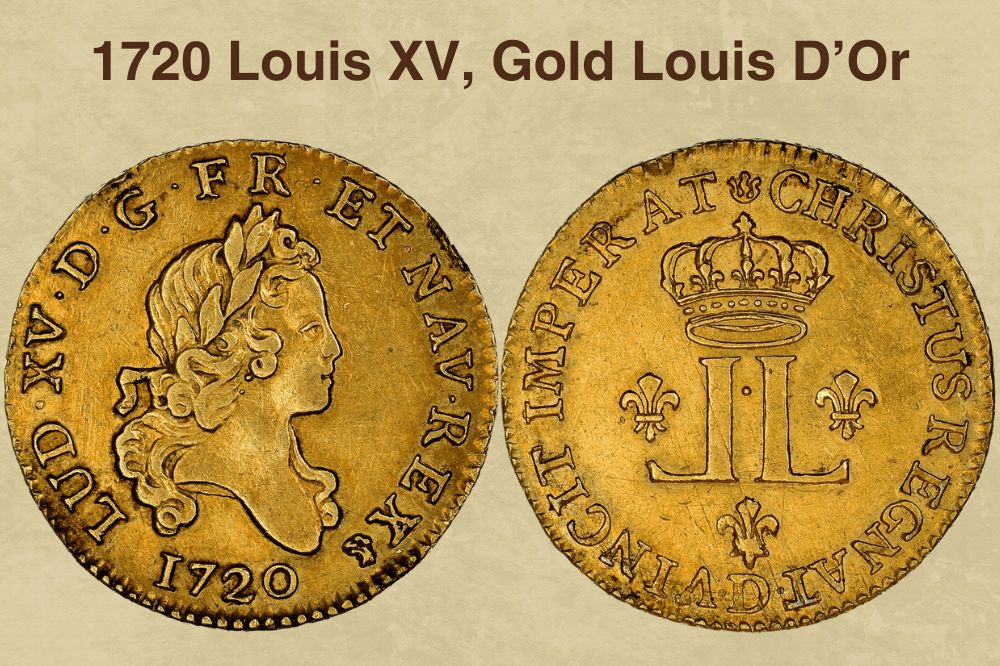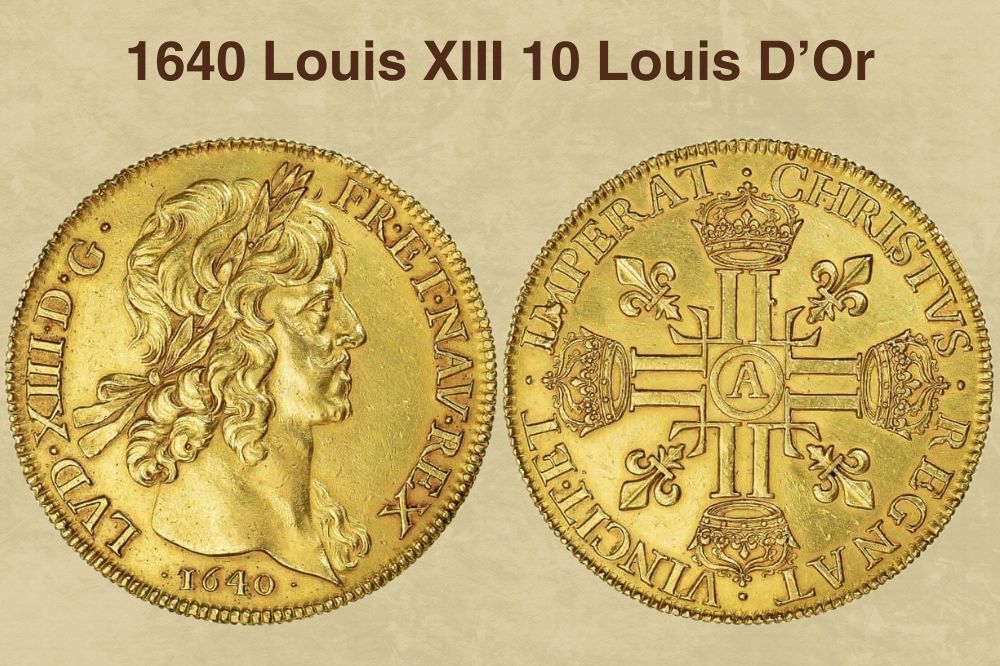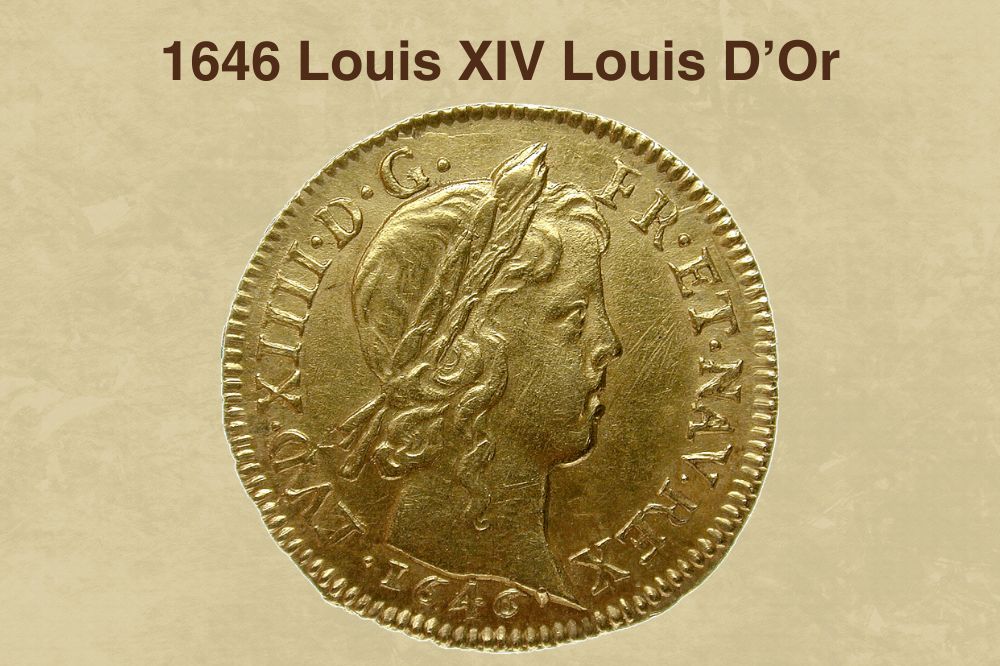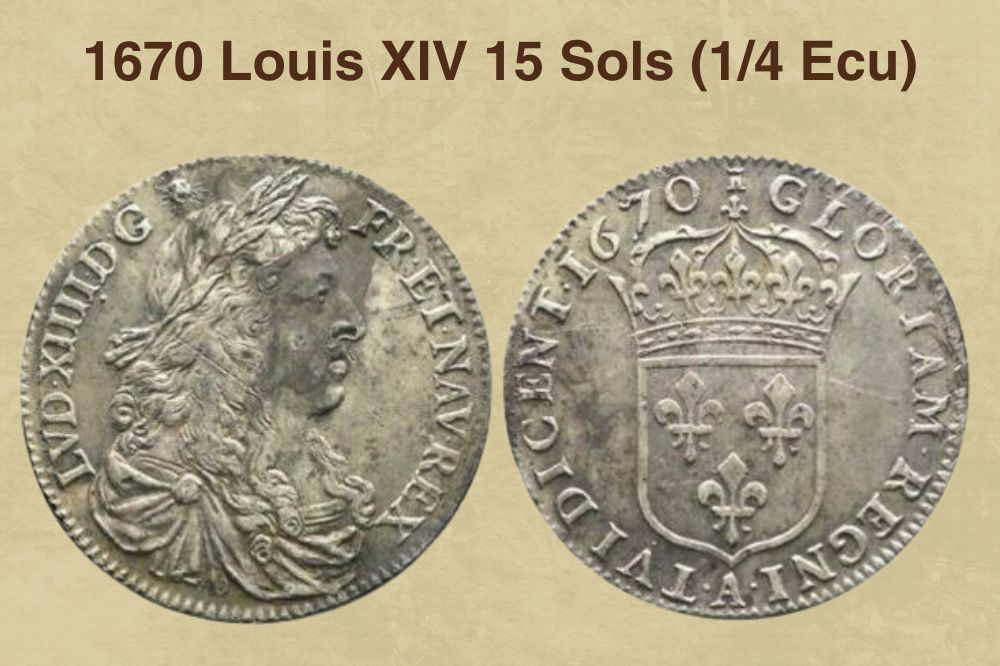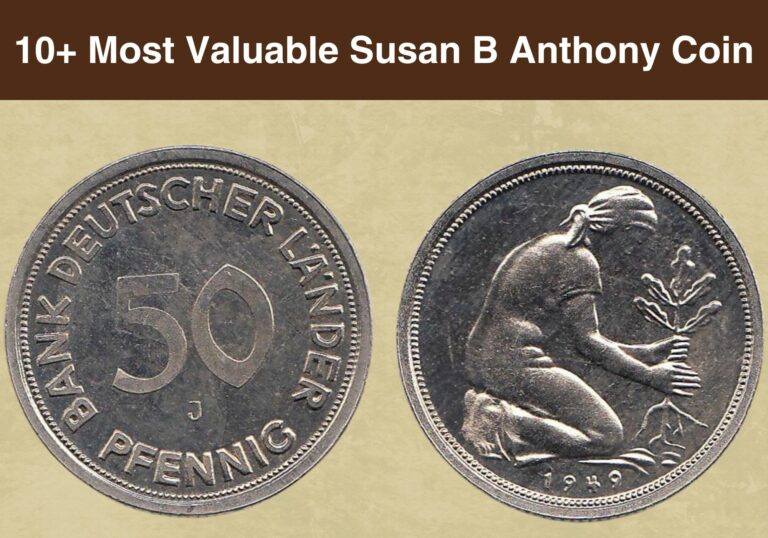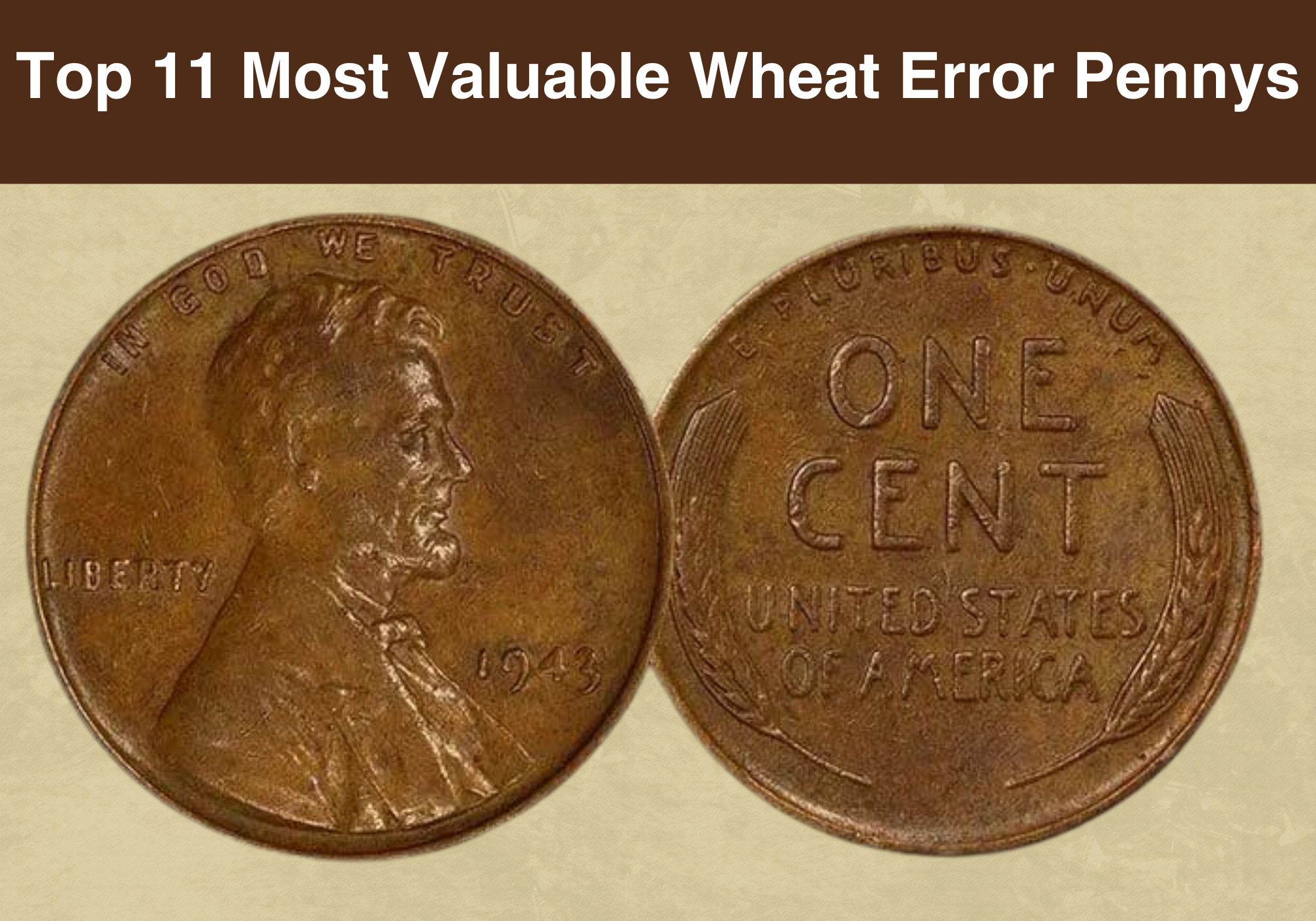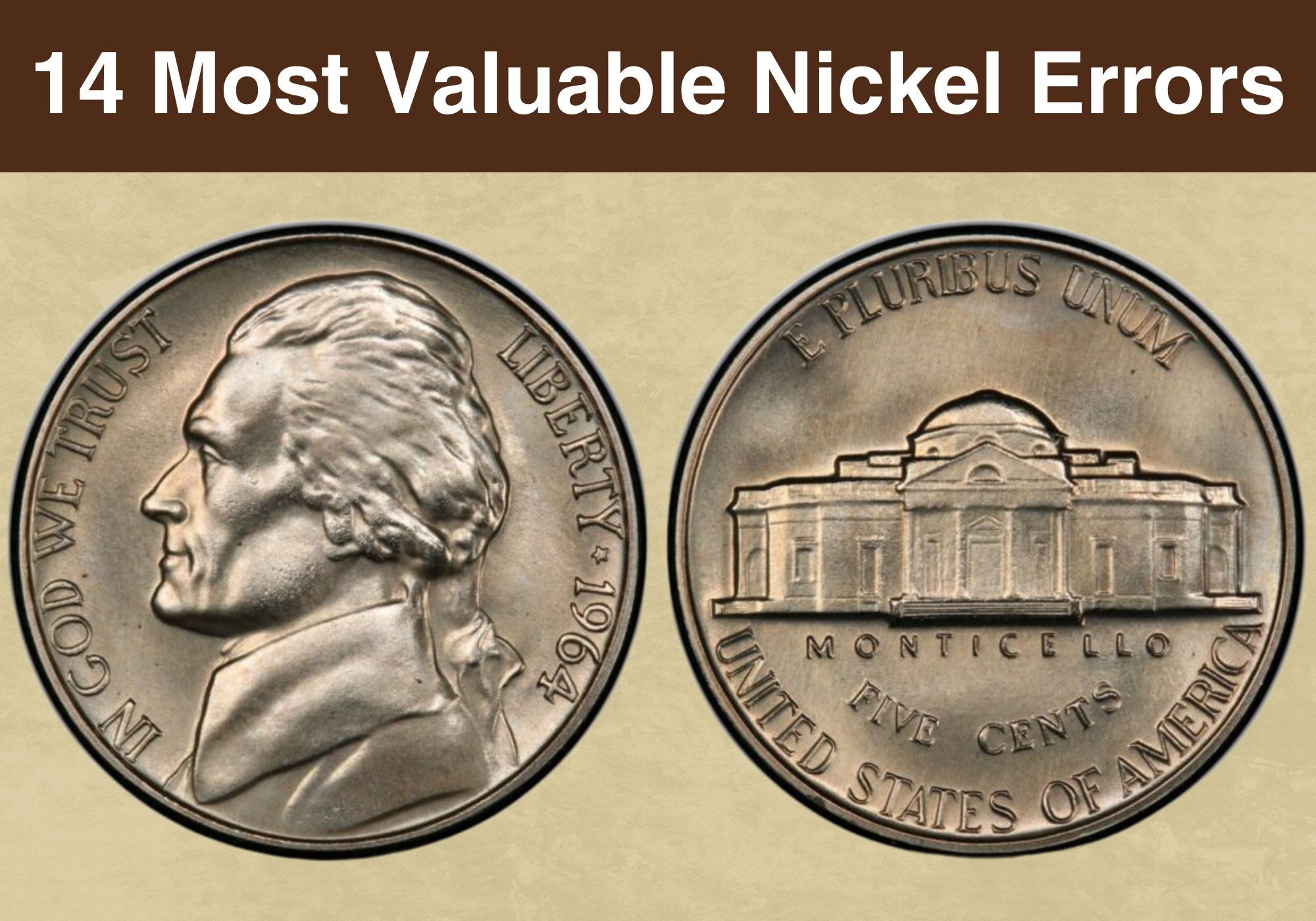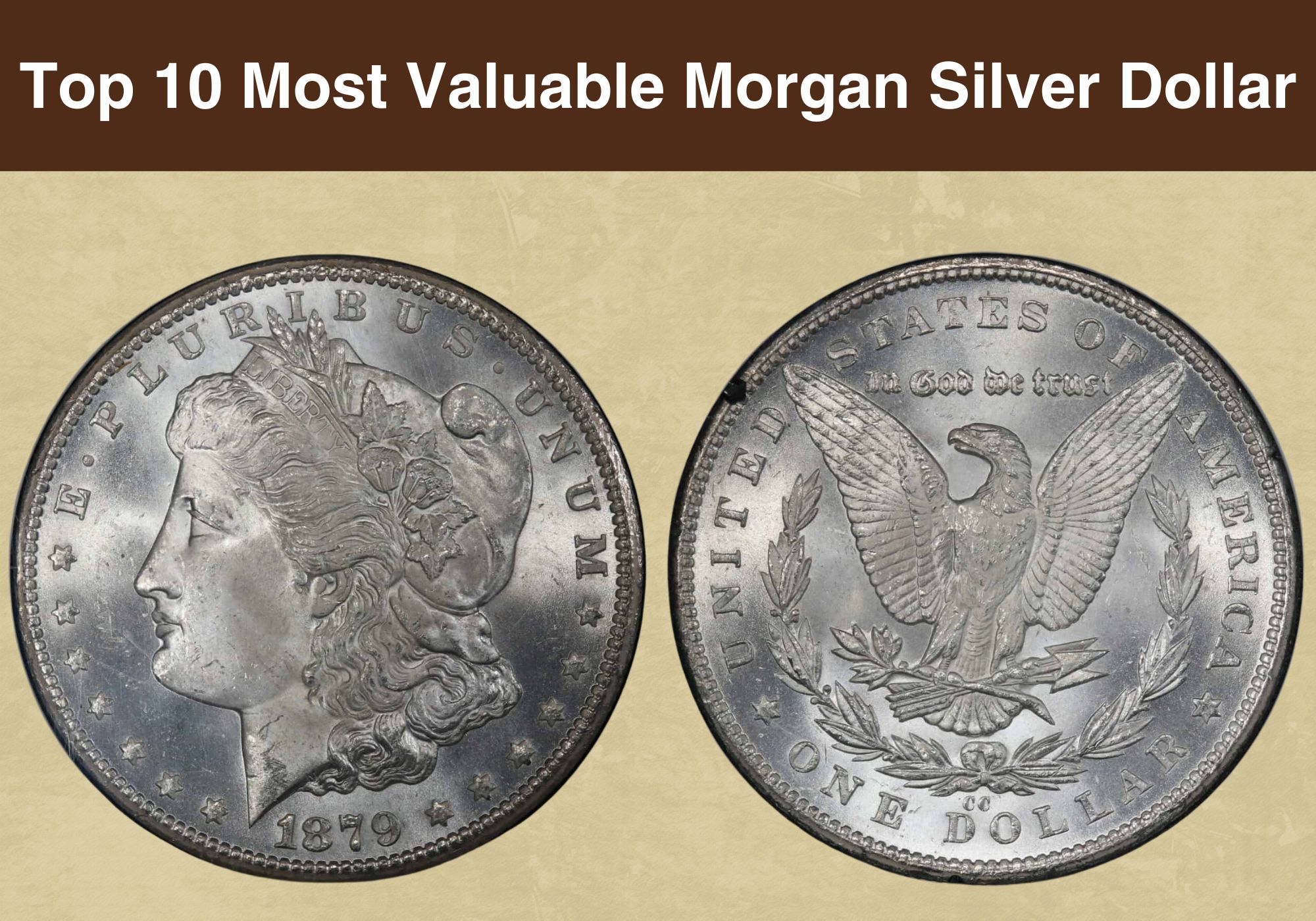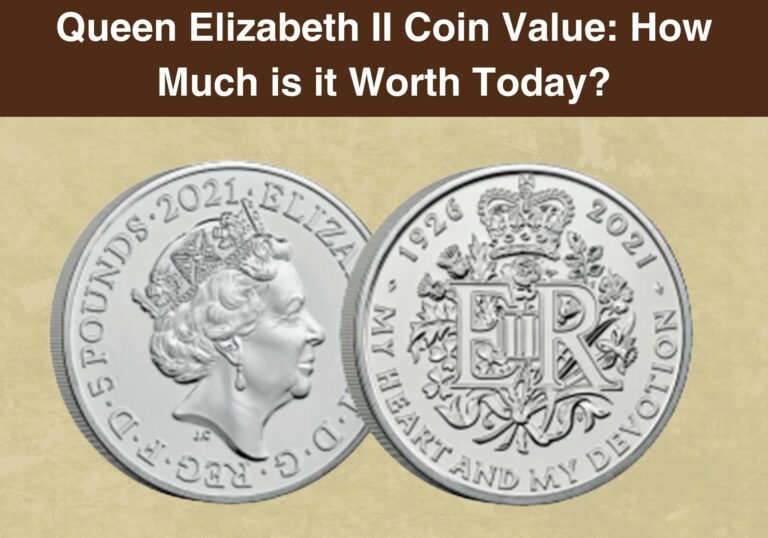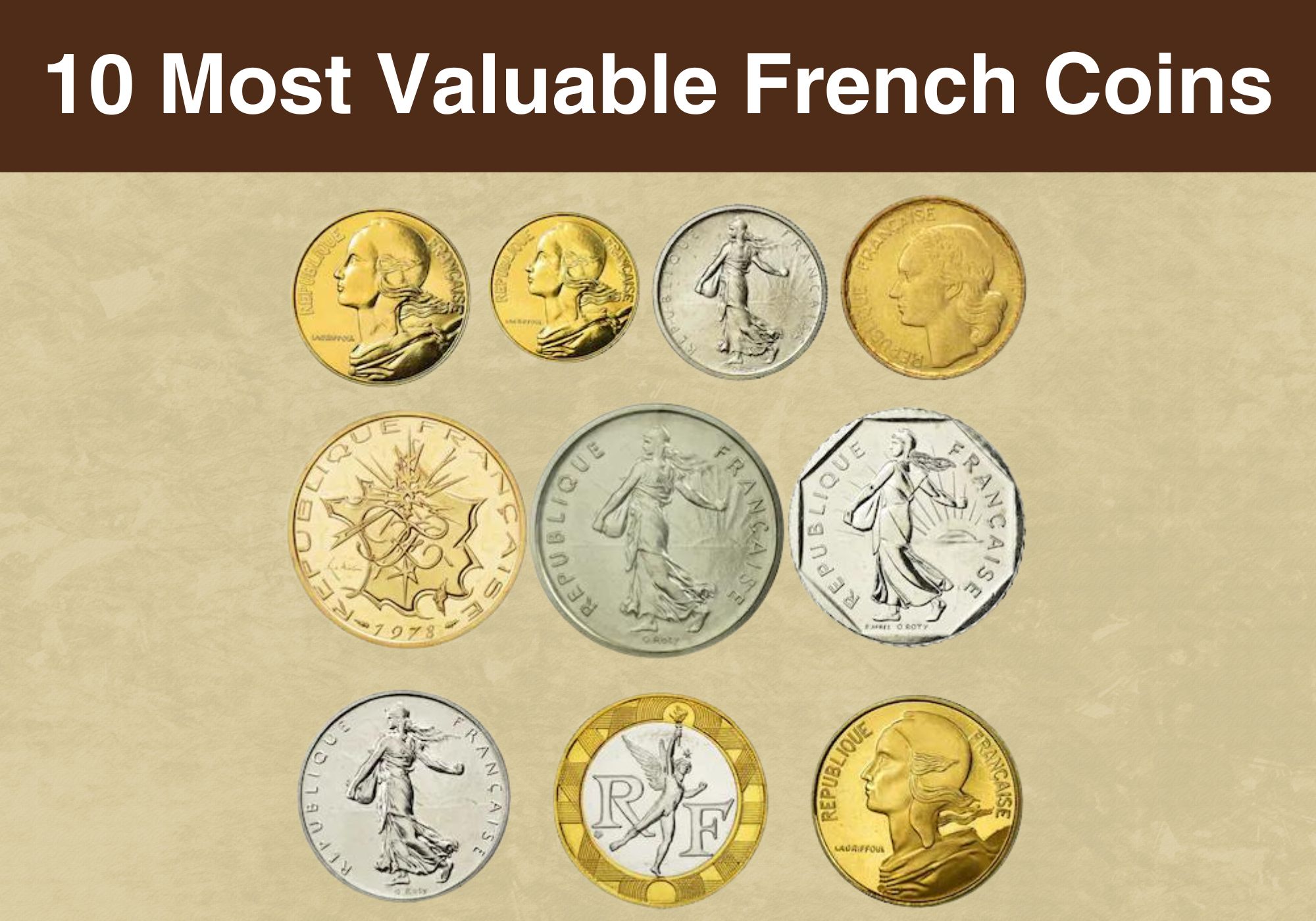
Are you considering adding valuable French coins to your collection?
The French currency, particularly coinage, has a long and tumultuous history. The country’s coins have survived wars, economic downturns, and all kinds of political intrigues.
French coins were only used until 2000 when the country adopted the European Union’s Euro as their national and official currency.
So, what are the most valuable French coins? French coins worth money are old currencies dating as far back as the 1800s.
This article lists a few known examples of the most valuable French coins. Let’s jump in and learn more about these rare and fascinating coins you can add to your collection.
History of French Coins
King Jean II Le Bon of France passed a law that created the first franc in 1360. These new gold coins would act as ransom payments to release the King who King Edward III of England had captured.
After his release, the King issued a statement emphasizing that the country was “franc (independent) and released forever.”
In 1641, the then-reigning King Louis XII abolished the franc as legal currency, instead establishing the silver ecu and gold Louis. However, the word franc was used many years after its abolishment.
Louis XIV waged numerous wars, and a severe coin shortage was one of the major consequences of these relentless battles. This spurred the establishment of the Banque générale privée (The General Private Bank) in 1716 to facilitate the creation of paper money to circumvent the coin shortage. The Compagnie des Indes (The Company of the Indies) was established at about the same time and was permitted to monopolize commerce. However, this blatant monopolization led to rampant speculation in the Company’s shares, leading to runaway inflation and, ultimately, a collapse of the money system.
In 1726, the ruling government rebuilt the system, first striking a gold Louis of 20 pounds and then 24 pounds. Although this introduced some stability, the country was still in a financial mess. Almost on the brink of bankruptcy, the government introduced paper currency and a series of laws regulating coin production.
The 28 Thermidor law reintroduced the word ‘franc’ in 1795, stating that all currency shall be referred to as such. The law also defined the composition of coins, stating that it would be 9 parts silver and one part an alloy metal mix; the franc coin would weigh 5 grams.
The most important of these laws was the 7 Germinal laws passed in 1803. It defines the face value of gold and silver coins, with the ¼, ½, ¾, 1, 2, and 5 franc coins being silver while 20 and 40 francs being gold.
The first 1-franc coin was minted in 1795, and on it, a portrait of the First Consul or the head of state appeared on the reverse. These coins remained legal tender until 2000, when France joined the European Union and adopted the Euro as its national currency.
Most Valuable French Coins Worth Money
1. 1815 Napoleon 2 Francs
The 2 francs coin was first minted in 1815 to mark two historical events, i.e. King Louis XVIII’s re-ascension to power and Napoleon Bonaparte’s come-back from exile.
This coin is not necessarily rare; a few examples are known to exist today, but none the finer. This particular example took collectors by storm because it was in mint state and graded MS64 by the Professional Coin Grading Service (PCGS). This grading is very close to gem condition; a state few old coins can achieve.
Only two examples of the 1815 Napoleon 2 Francs have achieved mint state. So this one is particularly exceptional with its MS64 rating, and unsurprisingly it fetched a neat $12,000 at a 2022 auction.
2. 1815 Napoleon 5 Francs
In 1815, the Mint struck 2 francs and produced 5-franc coins, commemorating the release of Bonarpeate from exile.
The Numismatic Guaranty Company gave this coin an MS64 designation, just like the 2-franc example. It is worthwhile noting that there are only four known examples, some of which are slightly finer and almost of gem quality.
Mint coins from 1815 are hard to come by, so you are pretty lucky when you come across one. This one is graded mint state and attracted significant attention among collectors. The coin’s luster and goldish appearance add to its mystery and allure.
When a rare 1815 Napolean 5 Francs specimen was up for sale at a 2022 auction, a buyer was willing to offer $24,000 for it and, indeed, bought it for that much by the close of the auction.
3. Napoleon Essai Monetaire
The Essai Monetaire is a rare and interesting French coin with two denominations. On the reverse, you will spot the denominations 5 and 25 on the same coin.
The coins are believed to have been struck to present at one of the money conferences held in the country. It was a test coin minted specifically for the international currency test for the 1867 monetary conference held in Paris.
On the obverse is the left-facing portrait of Napoleon III with the words BARRE at the bottom. On the reverse, you will find the double denominations and the ledge OR. ESSAI. MONETAIRE, 1867.
This example here is a proof coin minted specifically for collection and display. According to the NGC, this coin earns a grade of PF63 and is in complete mint state except for a few contact marks.
There are a few old, proof coins dating back to the 1800s, so when this one came up for sale, there was a lot of interest in it, eventually selling for $16,000 in a 2022 auction.
4. 1641 Louis XIII Louis d’Or
In 1641, Louis XIII abolished francs, replacing them with gold coins he named Louis d’Or (gold Louis). Despite the controversy surrounding this decision, there is no denying that this early gold coin boasts enchanting beauty.
The Louis d’Or gold coins struck in 1641 are extremely rare, with three known existing examples; one recently came up for auction.
The NGC graded this coin MS62, a nod to the coin’s superior quality. Every detail on the obverse and reverse is clear and well-defined, including the flat surfaces and high points. The brilliant luster is also quite impressive for an old coin.
One way to tell apart a proof 1641 Louis dÓr is to look at the King’s hair details. On proof coins, the hair strands are well-defined, as is every feature of his face.
When you flip it over on the reverse, you will see a beautiful and intricate fluer de lis pattern in angles created using the letter Ls that stand for Louis.
A rare example of this coin went up for sale in 2022 and fetched an impressive $19,000.
5. 1724 Louis XV Louis d’Or
This is yet another stunning gold coin struck in 1724 during Louis XV’s reign. On the obverse is a right-facing portrait of a Laureate bust with the date underneath.
The caption Louis XV, by the grace of God, King of France and Navarre appear on the obverse around the coin.
On the reverse is an intricate design featuring two entwined L’s with a crown at the top and ensconced by Mirliton’s long palms. The caption on the reverse reads, “Christ reigns, conquers and commands.”
The Louis XV d’Or gold coin was struck in 1724 and 1725, after which production was discontinued. The 1724 pieces are significantly fewer and, therefore, very scarce today after the existing examples were salvaged from a shipwreck near Nova Scotia.
As such, the few existing examples are generally in a poor state due to water damage. Surprisingly, one of these coins attained the enviable grade of MS62, making it the finest example in the series.
The MS62 example was up for auction, eventually fetching an impressive $17,600.
6. 1722 Louis XV Coronation Gold Coin
In 1722, France celebrated the crowning of King Louis XV. The obverse features an image of the King, and the reverse is a breathtaking portrayal of Louis’ anointment at Reims.
As part of the celebrations, silver and brass versions of these coins were issued to the jubilant crowds witnessing the coronation. However, some of these coins were surprisingly made of gold and made their way into the hands of a few spectators.
Very few of these gold pieces exist, creating a huge demand among collectors. One example that came up for auction was graded MS62 and sold for $18,000.
7. 1720 Louis XV, Gold Louis d’Or
This is an error coin dated 1720 but struck on a 1718 coin; although subtle, you can pick up the underlying 1718 date on which the coin was struck over.
Such errors are common, given that minting technology was less advanced. Nonetheless, this error coin elicits much interest among collectors, given that it is rare for this date.
Most of the existing examples are graded Very Five (VF), which is a lower grade, meaning many of the coin’s details are missing, and the luster is dull. These are typically valued between $1,000 and $2,000.
That said, one rare example, graded AU58, came up for auction in 2022 and was sold for $9,600. This piece was worn out, but many of the details on the obverse and reverse were visible.
8. 1640 Louis XIII 10 Louis d’Or
In 1640, under the reign of King Louis XII, the Mint struck a 10 Louis gold coin or a Louis d’Or. This unusually large coin weighs 67 grams and measures 44 millimeters.
Although not much has been written about this coin, it would be safe to assume that the 10 Louis d’Or was not meant to be used as legal tender; it was probably used for recreational purposes such as gambling in the casinos.
Still, this one is considered a coin in the numismatic world and is one of the most valuable French coins. Only a few examples are known to exist today, and all are worth a fortune. For example, one piece graded MS61 came up for auction in 2021, which fetched an eye-watering $456,000.
9. 1646 Louis XIV Louis d’Or, 1646
This coin belonged to a set of the few remaining examples of the gold Louis coins struck in 1646. The story of how these coins were discovered and brought to auction is fascinating.
The story began in 2019 when a home renovation team renovated a Quimper farmhouse. They discovered a well-hidden metal box housing over 200 gold coins that were struck before the Revolution.
The owners of the farmhouse decided to auction the gold coins. They kept four as mementos, gifted about 20 pieces to the Musee de la Monnaine and sold the rest. In total, they earned $1 million from coin sales, which they shared with the renovation team.
One particularly interesting example of the 1646 Louis XIV coin featured the image of the King as a young boy, which is quite a contrast from the usual portrait of a middle-aged king. This eye-catching detail makes the coin all the more attractive to collectors.
At the start of the auction, the coin’s estimated value was about $15,0000, although the coin fetched more than $56,000 at a Los Angeles-area auction.
10. 1670 Louis XIV 15 Sols (1/4 Ecu)
King Louis XIV commissioned the striking of new coins for its newest colonies, especially those in the West Indies.
The 15-sols coin is particularly rare; only about 40,000 were struck, a few were released into circulation, and others were smelted for their inherent gold.
Many of the handful of examples are graded as XF45. These are very worn coins, with many details flattened and the surfaces completely dulled. But the fact that this rare coin adds to its intrinsic value.
One such example came up for sale in 2020. Despite its poor strike, the coin was graded AU53 and sold for a head-spinning $132,000.
Summary
The saying “old is gold” accurately applies to French coins. Some of the most valuable French coins are over two decades, with the few remaining examples commanding a fortune. You should definitely be aware of counterfeits; have a professional coin grading company check any French coins you may have or are considering buying to check for their authenticity.

